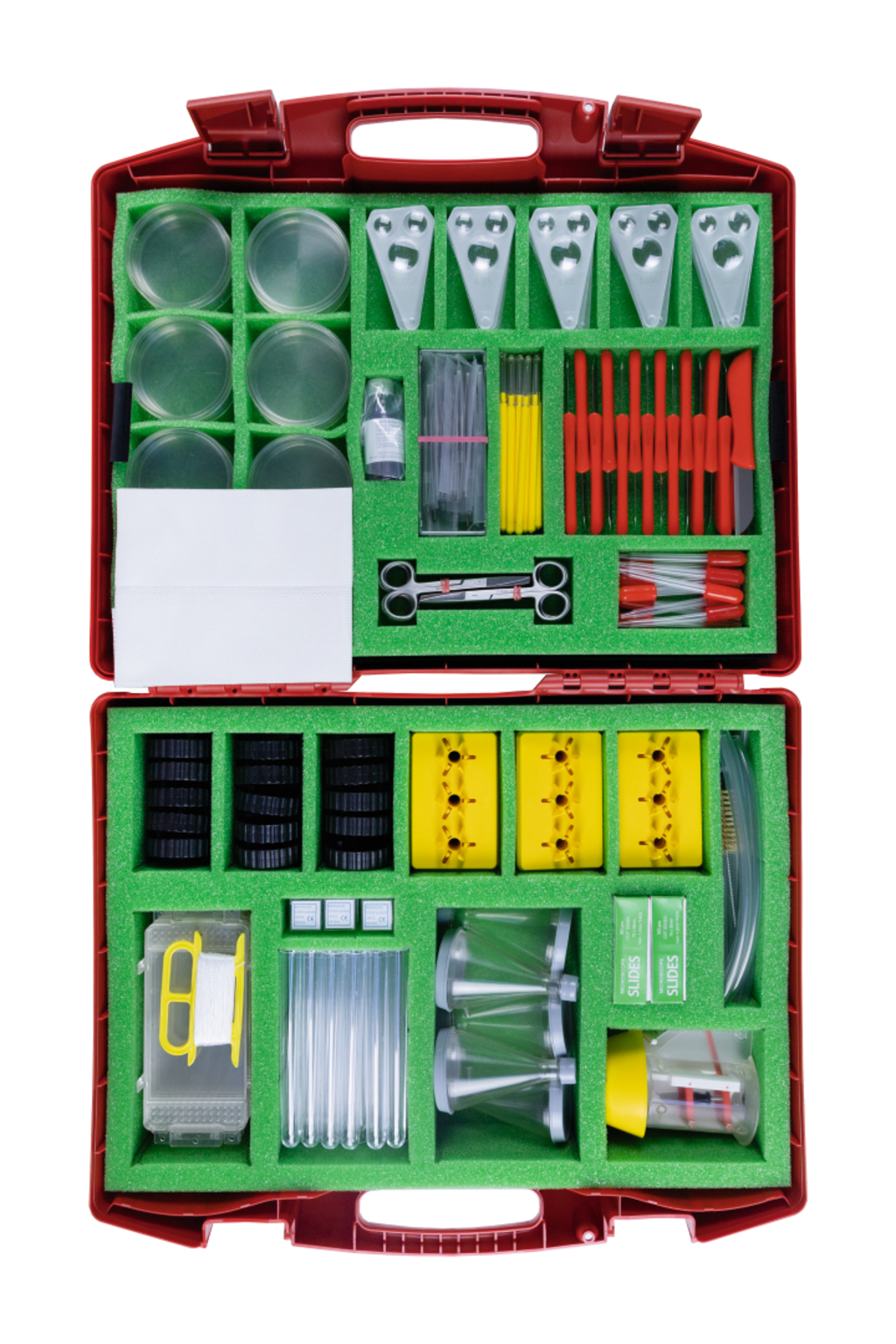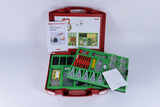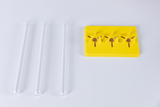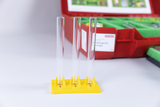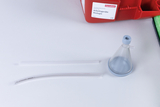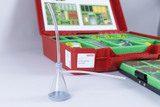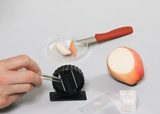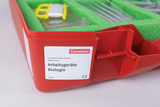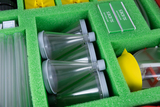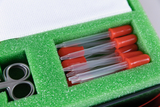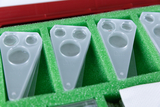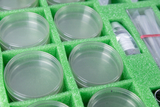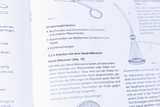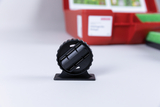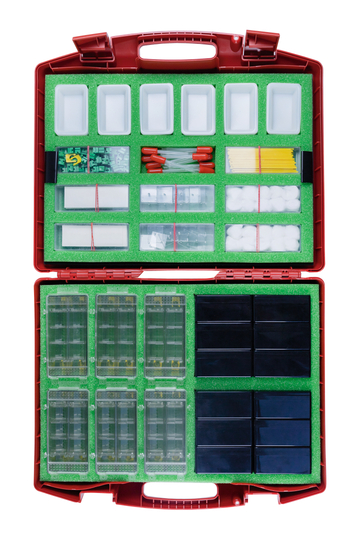Students kit Biology
A very important basis for a profound and suc-
cessful biological lesson is the carrying out of real experiments with materials specially designed for this purpose.
Important learning aims:
- Observing with a magnifying glass
- Collecting and observing small animals and plants or leaves
-
Observing, dissecting and preparing plant
parts and animals - Preparing microscopic slides
Age 13-18
Materials for 15 work groups (for 30 children)
Technical specifications
Size of kit: 540 x 450 x 150 mm
Experiments on plant transpiration.
Observing seeds, buds, blossoms, fruits, bulbs, stalks, and bark in their entirety and in longitudinal and cross-sections.
Observations of living and dead insects and other small animals (anatomy, posture, organs of locomotion like wings and legs, mouthparts, and organs for seeing and feeling).
Use tweezers principally for grasping or holding objects to be examined or observed, especially very tiny objects, instead of using your fingers or hands.
Pressing flowers and other plant parts with one and two cotyledons (seed leaves) for comparison.
Experiments on the function and activity of roots. (e.g. put one plant into water by its roots, and another by its leaves. Compare them after a few hours.)
Creating a humid chamber for germination experiments, insert moistened cotton, for use with seeds and cut stems of different plants.
Cutting longitudinal and cross-sections of parts of plants which grow above or beneath the soil, and mushrooms.
The microtome is a very safe and easy to handle instrument to sectioning botanical material.
With the pooter, small insects, spiders and seeds can be collected by carefully sucking them into the pooter. To take the specimen out of the pooter, the bottom of the flask can be removed easily.
Objects that are going to be viewed on a microscope slide may be prepared as a wet mount using water. The specimen e.g. a cut from a plant stem is placed in the centre of the microscopic slide.
The dropper is used for occasional moistening of the seeds and for wetting the microscopic slides. The dropper is also suitable for distributing oil on a water surface.
Determining increase and decrease of moisture in bulbs, plant parts and mosses.
- 1 × Plastic dish, 80 mm Ø
- 10 × Air-permeable set (lid)
- 3 × Cover glasses, 18 x 18 mmpack of 100 pcs.
- 25 × Triple lens magnifier
- 1 × Plastic case ca.540x450x150 mm
- 1 × Plastic box 140/50/35 mm
- 5 × Plastic tubing 210 mm, 6x1,5 mm
- 15 × Knife
- 15 × Microtome
- 2 × Microscopic slides,50 pcs
- 16 × Double dish,plastic 80 mm
- 1 × Vegetable oil, 30 ml
- 15 × Forceps, blunt 105 mm stainless
- 15 × Dissecting needle, 140 mmstraight with cap
- 30 × Plastic test tube, 152 mm
- 1 × Test tube brush
- 15 × Test tube stand, plastic
- 1 × Set of 100 rubber rings for soundplates
- 5 × Suction flask 90 ml
- 1 × Foam insert 1 f. 18080, 505x355x40 mm, green
- 1 × Foam insert 2 f. 18080, 520x365x90, green
- 10 × Scissors, dissecting, 115 mm
- 1 × Rapid scale, 100 g
- 1 × String on spool
- 15 × Dropping pipette, plastic
- 5 ×
- 1 ×
- 2 ×
- 1 ×
